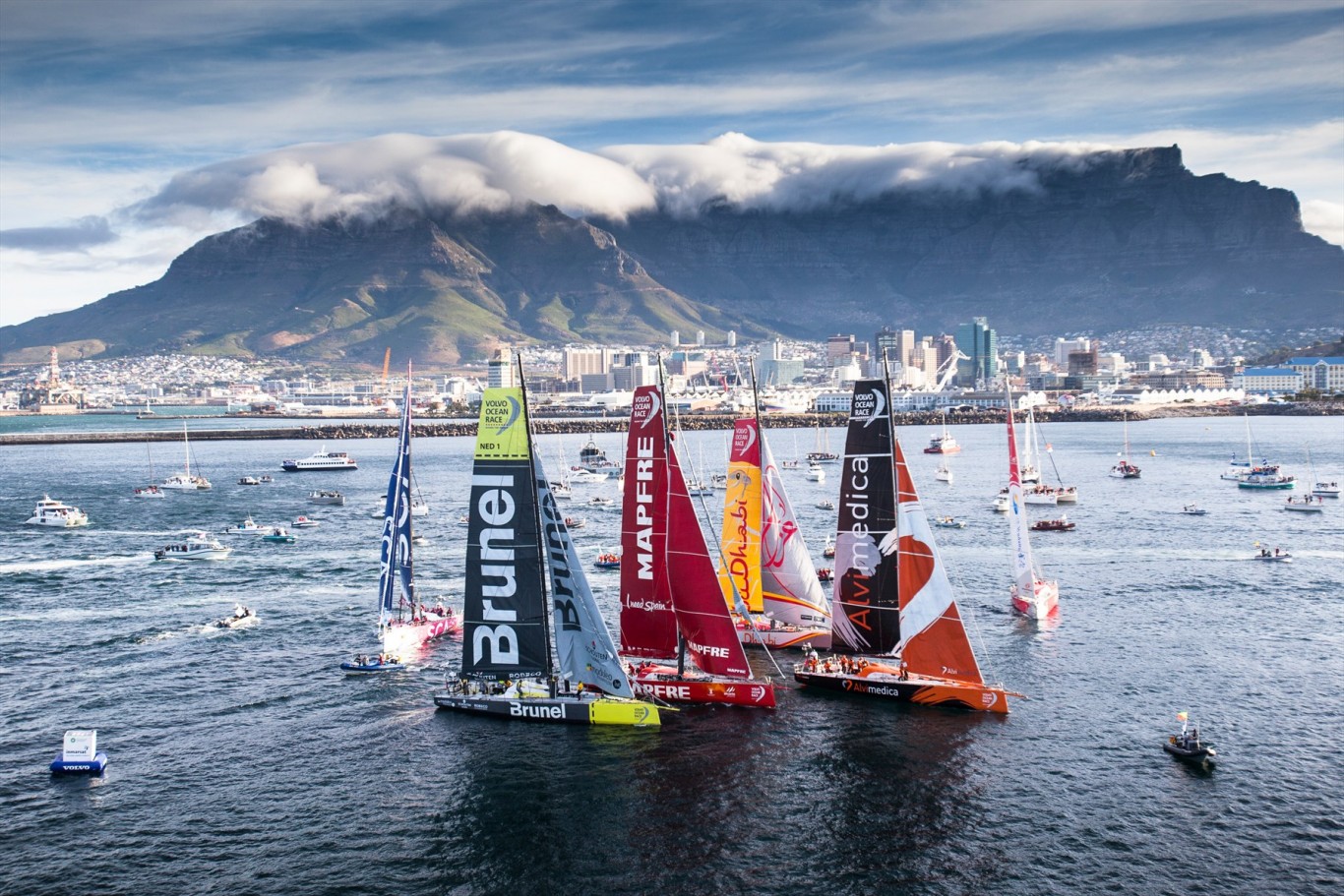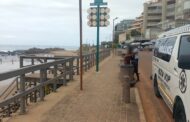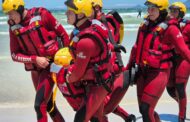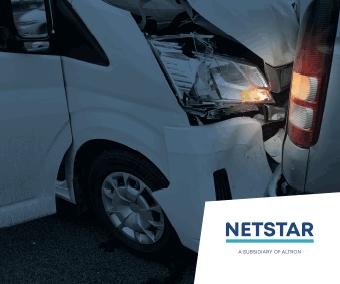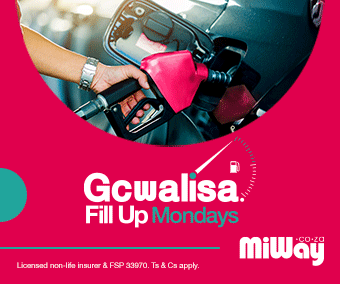The Volvo Ocean Race – arguably the world’s toughest and most extreme sailing event – is set to visit Cape Town once again as one of the twelve stopover ports during the 2017-18 event. Entering its 13th edition, the 2017-18 running of the Volvo Ocean Race is set to raise the bar once again as seven teams take to the world’s oceans in the ultimate extreme test of man and wind-powered machine.
The first leg of the Race begins on 22 October 2017 in Alicante, Spain, where the teams will embark on their 45 000 nautical mile journey which takes them across four oceans, touching six continents and visiting twelve host cities over nine months. It will feature almost three times as much Southern Ocean racing, around 12 500 nm, compared to recent editions. Starting in Alicante, Lisbon and Cape Town follow, with Melbourne kicking off the 2018 side of the Race. Hong Kong, Guangzhou, Auckland, Itajaí, Newport, Cardiff, and Gothenburg follow, with the Race set to end in June 2018 in The Hague.
Following previous editions of the event, the V&A Waterfront will be the host venue of the spectacular event for the 11th time, with a raft of activities planned around the Race itself. A travelling Race Village will open its doors to visitors from 24 November 2017, allowing local and international fans of the Volvo Ocean Race to experience the thrill of extreme sailing, as well as an immersive take on Volvo Group – including Volvo Cars. The Volvo Ocean Race is owned, rather than merely sponsored, by the Swedish group of companies.
Arrivals in Cape Town and the start of Leg 3
The boats are expected to arrive in Cape Town around 27 November, allowing the teams to step onto dry land for the first time in 6 300 nautical miles and after three solid weeks at sea. A full service will be performed in the port, preparing the yachts for the in-port events which lead up to the start of the next leg of the Race. The In-Port Race is scheduled for 08 December 2017 and the boats will the set sail for Melbourne, Australia, on 10 December.
The boats
The Volvo Ocean 65 monohull racing yachts will again do duty in the 2017-18 edition of the Volvo Ocean Race after a decision was made before the previous edition to improve cost effectiveness and sustainability by producing boats that would be suitable for two rounds of the event rather than one, and utilising a formula-based, One Design concept. The One Design concept, which sees all eight teams racing in identical boats designed by Farr Yacht Design, leads to closer competition and produces results based purely on sailing skill on the water rather than potential design and technical advantages.
All details of the Volvo Ocean Race, including information on the teams, boats, legs, host cities, route, live streams, online trackers and news feeds, can be found at www.volvooceanrace.com.
Local economy boost
The Volvo Ocean Race brings a wealthy boost to the local economy thanks to its global appeal and widespread reach in terms of suppliers, visitors and global media attention. The previous edition, which saw the spotlight land on Cape Town towards the end of 2014, saw a financial boost to the national economy of over R540 million and over 150 million eyes were focused on the world-renowned city.
Some of the impressive numbers include:
- 32 500 bed nights booked for Volvo Ocean Race international visitors
- 201 061 total visitors to the Race Village over a 19-day programme
- Average daily footfall along the quayside and surrounds – 10 582
- Direct job creation
- Approximately 28 000 man hours required to build the Race Village
- 7 local boat building companies assisted the Volvo Ocean Race Boatyard
- 50 local charter boats chartered for the In-Port Race and Race Restart
- 150 boats and 3 000 spectators on the water for the In-Port Race and Race Restart
- International television Coverage (entire Volvo Ocean Race duration, 1 Oct 2014 – 30 June 2015)
- 24 894 broadcast elements
- 7 663 hours of coverage
- 293.1-million Euros publicity value
Sustainability
The Volvo Ocean Race has launched a major sustainability programme for the 2017-18 edition and beyond – signing partnerships with 11th Hour Racing, AkzoNobel and United Nations Environment, while outlining a series of commitments that focus on ocean health.
The race is putting sustainability at its heart and focusing on taking action to help ‘Turn the Tide on Plastic’ – the rapidly growing and critical problem of plastic polluting the world’s oceans, highlighted by the United Nations Environment’s Clean Seas campaign that is being adopted by the Volvo Ocean Race.
There are three key pillars to the Volvo Ocean Race sustainability strategy:
- To minimise the race’s own footprint with a particular focus on reducing and where possible eliminating the use of single-use plastic by the teams, and in the Race Villages – a challenging task but one that will help to change behaviour by making it a focus.
- To maximise the race’s impact using its global communications platform to spread awareness, an educational programme to change views, and a science programme, using the Volvo Ocean 65 racing yachts to capture data while at sea and contribute to understanding of the oceans in the most remote areas of the planet.
- To leave a positive legacy wherever it goes, through many actions but in particular the creation of Ocean Summits to bring together science, government, sport and business, with an objective of getting attending parties to commit to new positive actions in this area.
Looking further ahead, the Volvo Ocean Race will use the One Design race boat platform to do everything possible to reduce and then eliminate fossil fuels on board the boats in the future. The use of a hydro-generator for the first time during the 2017-18 edition should be a significant first step in reducing the use of fossil fuels, with race management able to mandate the use of the hydro-generators by each team. These hydro-generators provide power to the on-board electronics and communication systems.
Volvo Ocean Race history
The first edition of the race was staged in 1973-74. A total of 19 teams entered and the course took them 27 000 nautical miles around the world over four legs: Portsmouth-Cape Town-Sydney-Rio de Janeiro-Portsmouth. There have been 12 editions of the race to date, staged every four years at first, before the cycle moved to every three years from 2008-09. Volvo Car Group and Volvo Group have been owners of the Volvo Ocean Race since the 1997-98 edition. 167 boats have taken part in the 12 editions of the race to date. 43 different nationalities have been represented.
The one-design Volvo Ocean 65 monohull was introduced for the 2014-15 edition. The same seven boats from 2014-15 will be used again in the 2017-18 event after an extensive refit process at the Volvo Ocean Race Boatyard facility in Lisbon.
The 2014-15 edition
Winner Abu Dhabi Ocean Racing, skippered by Ian Walker (Great Britain), total elapsed time of 146 days 16 hours 9 minutes 21 seconds. Team Brunel skippered by Bouwe Bekking (Netherlands) finished in 2nd place and Dongfeng Race Team, skippered by Charles Caudrelier (France) were 3rd. The course comprised nine legs, sailed over nine months, and over a distance of 38 739 nm. Seven teams took part. A total of 13 Olympians competed in the race and the crews boasted a total of 19 World Championship titles between them.
The introduction of the Volvo Ocean 65 class created a level playing field and closer racing than was ever seen before. Six out of seven of the teams won an offshore Leg and an In-Port Race. Dongfeng lost their mast on the leg from Auckland to Itajaí – the only dismasting in the race. Team Vestas Wind was wrecked on a reef in the Indian Ocean but re-joined the race from Lisbon onwards after a huge rescue, retrieval and rebuild operation. A total of 2.4 million people visited the Race Village around the world.


